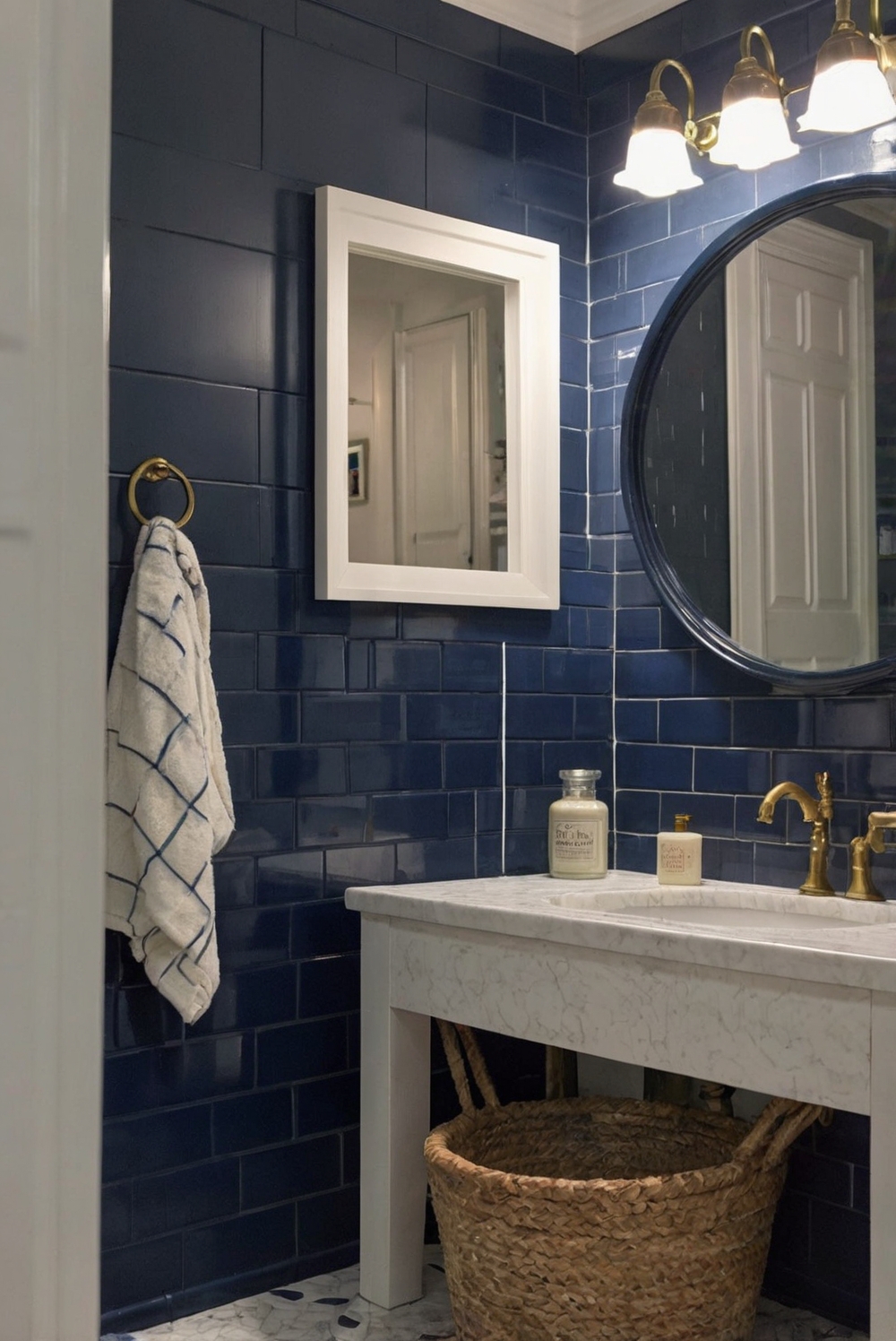Explore efficient tile layout planning tips to minimize cutting and waste in your interior design projects. Maximize tile usage and aesthetic appeal with strategic planning.
To plan your tile layout efficiently and minimize cutting and waste, start by measuring your room and determining the exact amount of tile needed. Next, choose a layout pattern that requires minimal cutting, such as a straight lay or diagonal pattern. Consider using large-format tiles to cover more area with fewer cuts.
When arranging your tiles, start from the center of the room and work your way outwards to ensure a balanced layout. Use tile spacers to maintain consistent spacing between tiles and create a professional finish.
Additionally, plan for cut pieces in areas like corners and edges to reduce waste. Remember to order extra tiles to account for any mistakes or future repairs.
By following these steps and being organized in your tile layout planning, you can achieve a beautiful and efficient result for your home decor interior design project.
Plan your tile layout carefully
When planning your tile layout, it is important to carefully consider the size and shape of the tiles you are working with. Measure the dimensions of the space you will be tiling and take into account any obstructions such as cabinets or fixtures. This will help you determine how many full tiles you can fit in the space without having to cut them.
Consider tile orientation
Another important factor to consider when planning your tile layout is the orientation of the tiles. Depending on the shape of the room and the size of the tiles, you may choose to lay the tiles in a straight pattern, diagonal pattern, or herringbone pattern. By carefully considering the orientation of the tiles, you can minimize the amount of cutting required and reduce waste.
Use a tile layout grid
One helpful tool for planning your tile layout is a tile layout grid. This grid allows you to visualize how the tiles will fit together in the space and can help you determine the best placement for each tile. By using a tile layout grid, you can minimize cutting and waste by planning out the layout in advance.
Opt for larger tiles
When choosing tiles for your project, consider opting for larger tiles. Larger tiles cover more space with fewer pieces, reducing the need for cutting and minimizing waste. Additionally, larger tiles can create a more seamless and modern look in your space.
Plan for border tiles
When planning your tile layout, consider incorporating border tiles into the design. Border tiles can help frame the space and create a clean and finished look. By planning for border tiles in advance, you can minimize cutting and waste by strategically placing them around the perimeter of the tiled area.

